Chhatrapati Shivaji Maharaj: The Architect of Hindu Governance
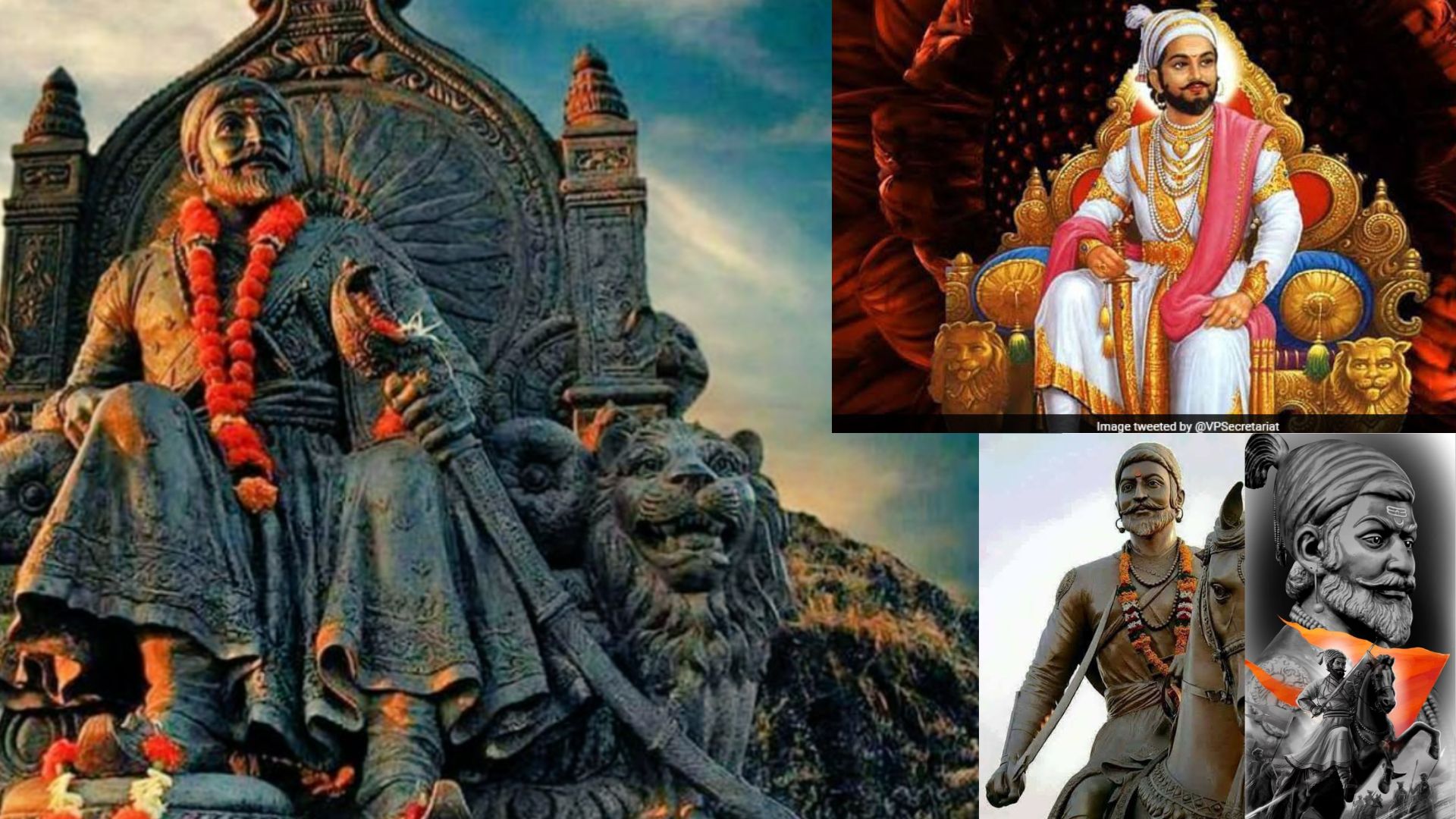
The Early Life and Challenges
Chhatrapati Shivaji Maharaj was born on February 19, 1630, in the Shivneri Fort in Maharashtra. This marked an era when a significant part of India, including Delhi, was under the rule of the Mughal Emperor Aurangzeb. In the southern part of India, sultans like Adil Shah and Qutub Shah had established their dominance. At that time, independent Hindu rule in India was absent. It was during this period that Chhatrapati Shivaji Maharaj, at the tender age of 15, vowed to establish Hindu governance across the nation.
The Bold Initiatives
Despite his youth, Shivaji Maharaj faced the challenge of garnering support. He rallied his friends and led an attack on the Muslim Sultanate of Bijapur. At 16, he achieved a significant victory by capturing the Torna Fort. This triumph yielded a substantial treasure, which he utilized to raise a new army. Over the ensuing two years, he conquered forts such as Purandar, Kondana, Chakan, and Rajgarh, thereby expanding his dominion.
Expanding Boundaries and Fostering Unity
Gradually, Maharaj extended his rule, demonstrating his might through campaigns against territories like Kokan. He became the first Hindu king to wield his sword in Muslim-dominated regions. His Maratha army triumphed over Muslim subedars, unfurling the Maratha flag in Kokan and delivering a severe blow to the Muslim Sultanate.
Confronting Adversaries
Recognizing Chhatrapati Shivaji Maharaj’s growing influence, Sultan Ali Adil Shah of Bijapur dispatched his general, Afzal Khan, with a massive army to quell him. In 1659, Shivaji Maharaj was stationed at the Pratapgarh Fort. Afzal Khan entered the fort with his formidable force and carried out ruthless acts of violence against Hindu women, children, and Brahmins. His intentions included the treacherous assassination of Shivaji Maharaj.
Triumph in the Face of Danger
In reaction to these dangers, Afzal Khan formulated a cunning strategy. He pretended to agree to a peace negotiation with Shivaji Maharaj, and both leaders gathered in a tent for the meeting. With armor discreetly concealed under his clothing, Shivaji Maharaj adeptly protected himself when Afzal Khan launched a dagger attack. The exposure of the armor during the altercation ultimately resulted in the downfall of Afzal Khan.
The Course of Victory
Afzal Khan’s demise prompted his entire army to flee in terror. Shivaji Maharaj, witnessing the deteriorating state of the fort, retaliated against the Adil Shahi dynasty. By 1660, he had conquered a significant portion of Bijapur’s territory, crumbling its forts and seizing its lands.
Conquering Mughal Territories
Having weakened the Bijapur Sultanate, Shivaji Maharaj initiated campaigns in Mughal territories. His attack on Ahmednagar’s Mughal garrisons resulted in the capture of several forts. Responding to this, the Mughal Emperor Aurangzeb dispatched his uncle, Shaista Khan, with an army of 150,000 soldiers to invade Maharashtra in January 1660. Shaista Khan successfully captured Pune, spreading terror and particularly targeting Hindus and cows.
The Daring Raid and its Aftermath
However, in April 1663, Shivaji Maharaj devised a plan to counter Shaista Khan. Infiltrating Pune with 400 Maratha warriors, he orchestrated a daring nighttime raid on Shaista Khan’s residence. While Shaista Khan escaped with his life, he lost three fingers during the encounter. This audacious attack reverberated through the Mughal camp, enabling Shivaji Maharaj’s forces to reclaim Pune.
Unwavering Determination
In 1664, Shivaji Maharaj led a campaign against the prosperous city of Surat, disrupting Mughal trade and amassing significant treasures. These actions fueled Aurangzeb’s ire, leading to the dispatch of Raja Jai Singh with a formidable army to confront Shivaji Maharaj in 1665. Jai Singh’s siege of the Purandar Fort culminated in a treaty requiring Shivaji Maharaj to surrender 23 forts to the Mughals.
The Counter-Offensive and Legacy
However, in 1670, Shivaji Maharaj launched a counter-offensive, recapturing all 23 forts from the Mughals through intense battles. Within four months, he reinstated Maratha authority by hoisting the Maratha flag on each fort.
Coronation and Beyond
On June 6, 1674, Chhatrapati Shivaji Maharaj was crowned in a Vedic ceremony. His reign marked the continual expansion of his dominion, encompassing territories from Karnataka to Tamil Nadu. In 1680, at the age of 50, on Hanuman Jayanti, he departed this mortal realm.
Enduring Legacy
Shivaji Maharaj’s life embodied relentless determination, strategic brilliance, and an unwavering love for his motherland. His valor defended Hindu culture and sovereignty against formidable adversaries, creating a legacy that continues to inspire generations.
in the annals of history, Chhatrapati Shivaji Maharaj’s legacy shines as a beacon of courage, leadership, and resilience. His journey from a young visionary to the architect of Hindu governance is a testament to his indomitable spirit and unwavering commitment to his ideals. Through his strategic brilliance and unwavering determination, he carved a path for
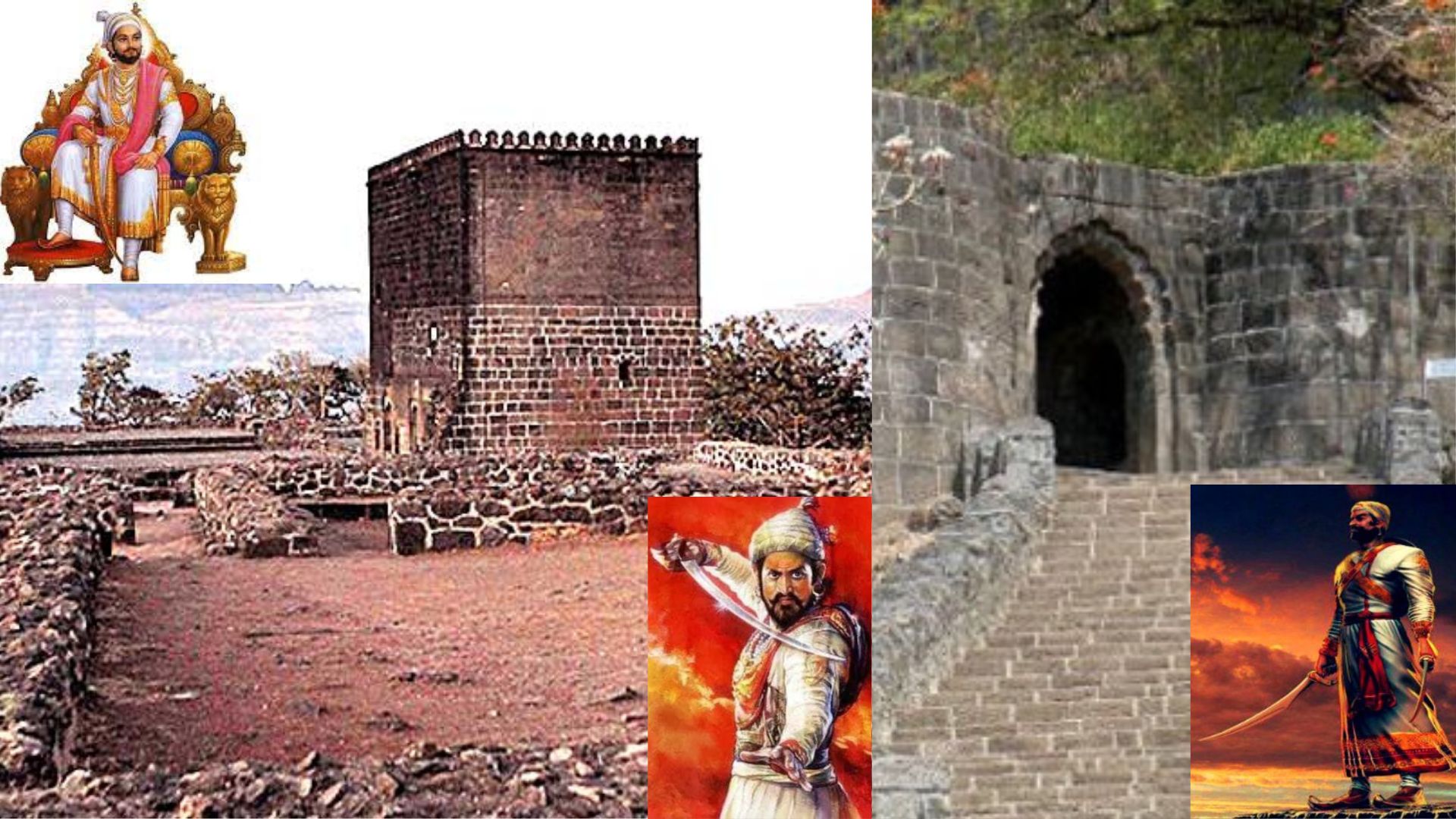
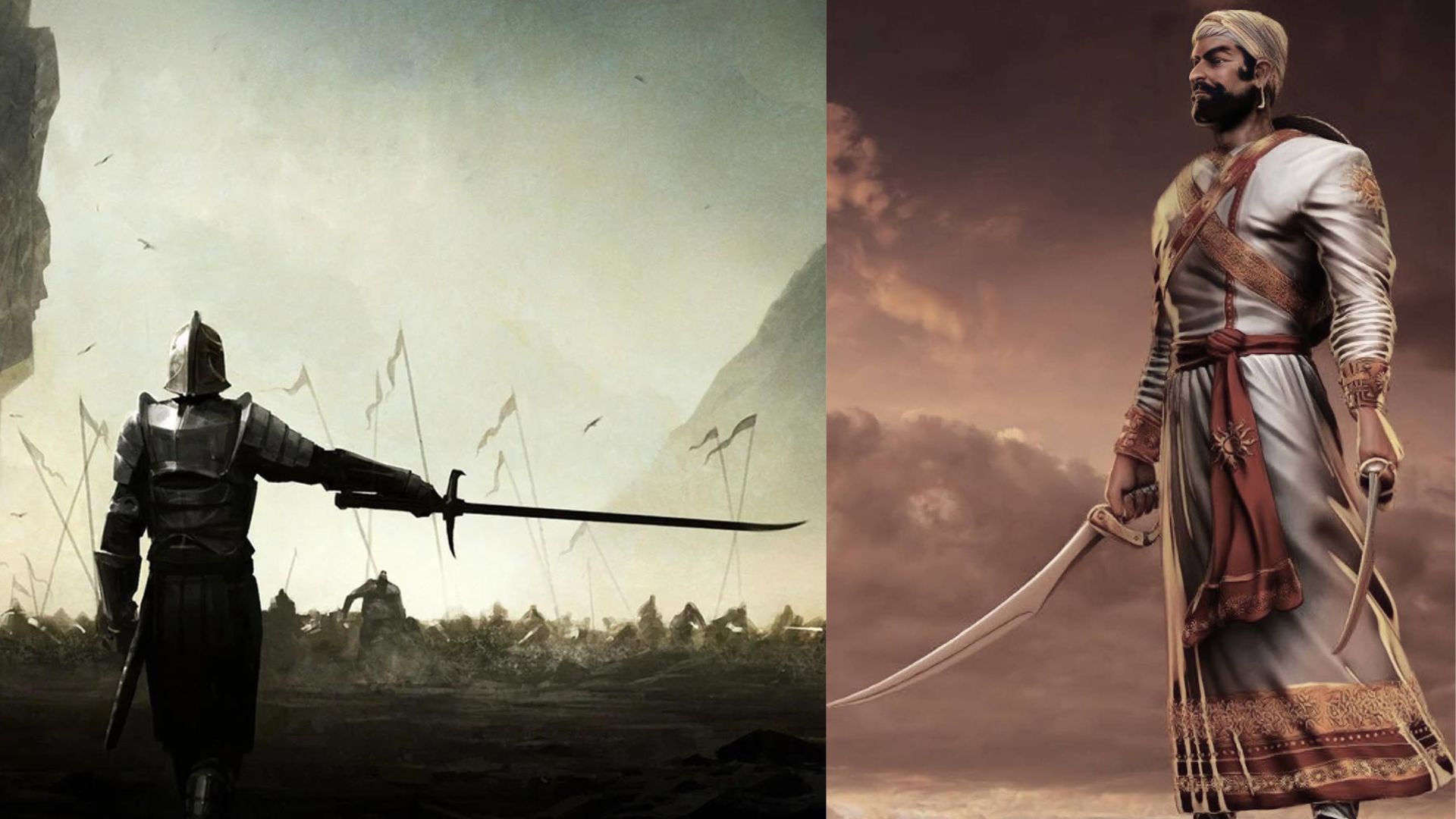
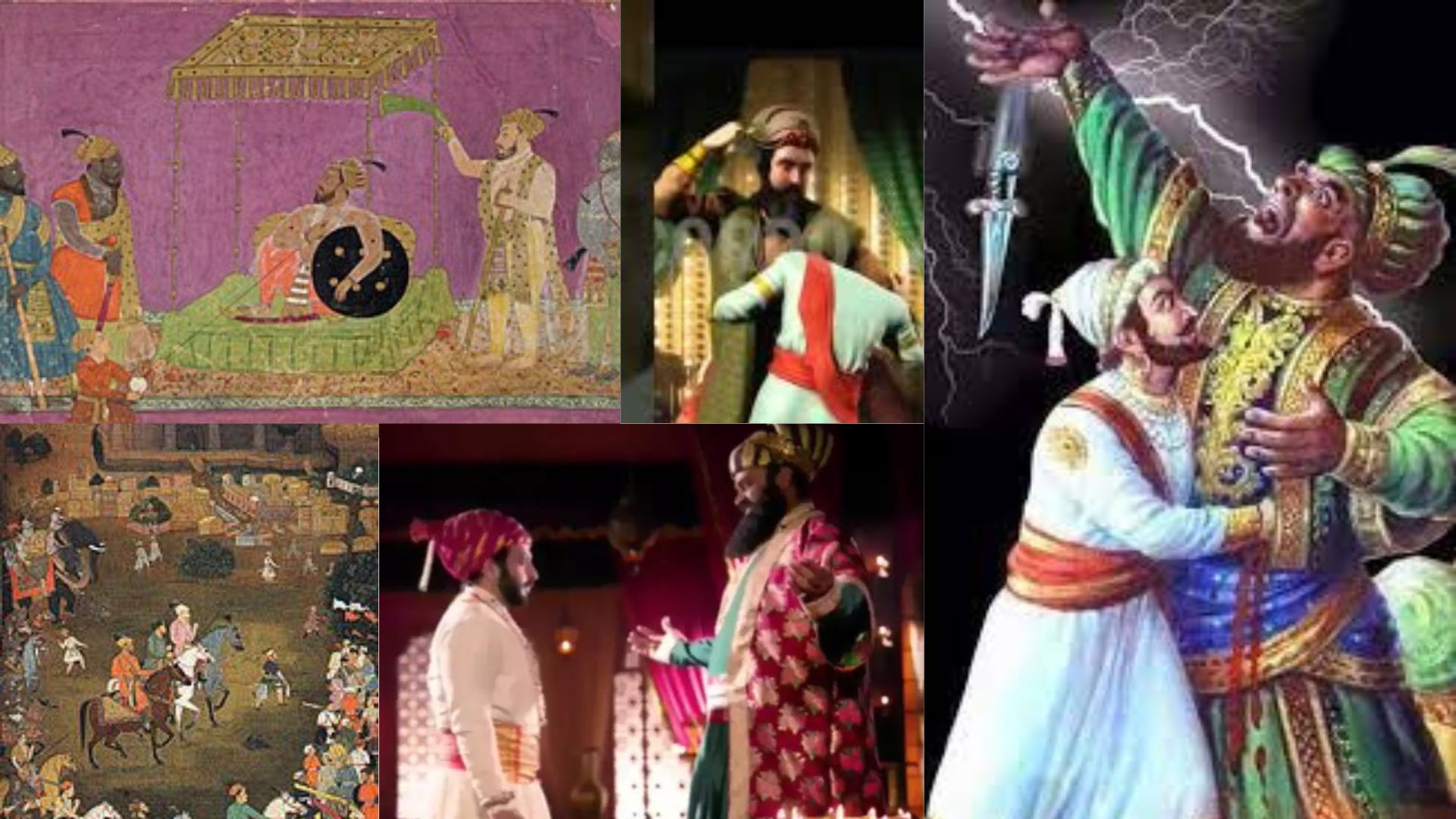
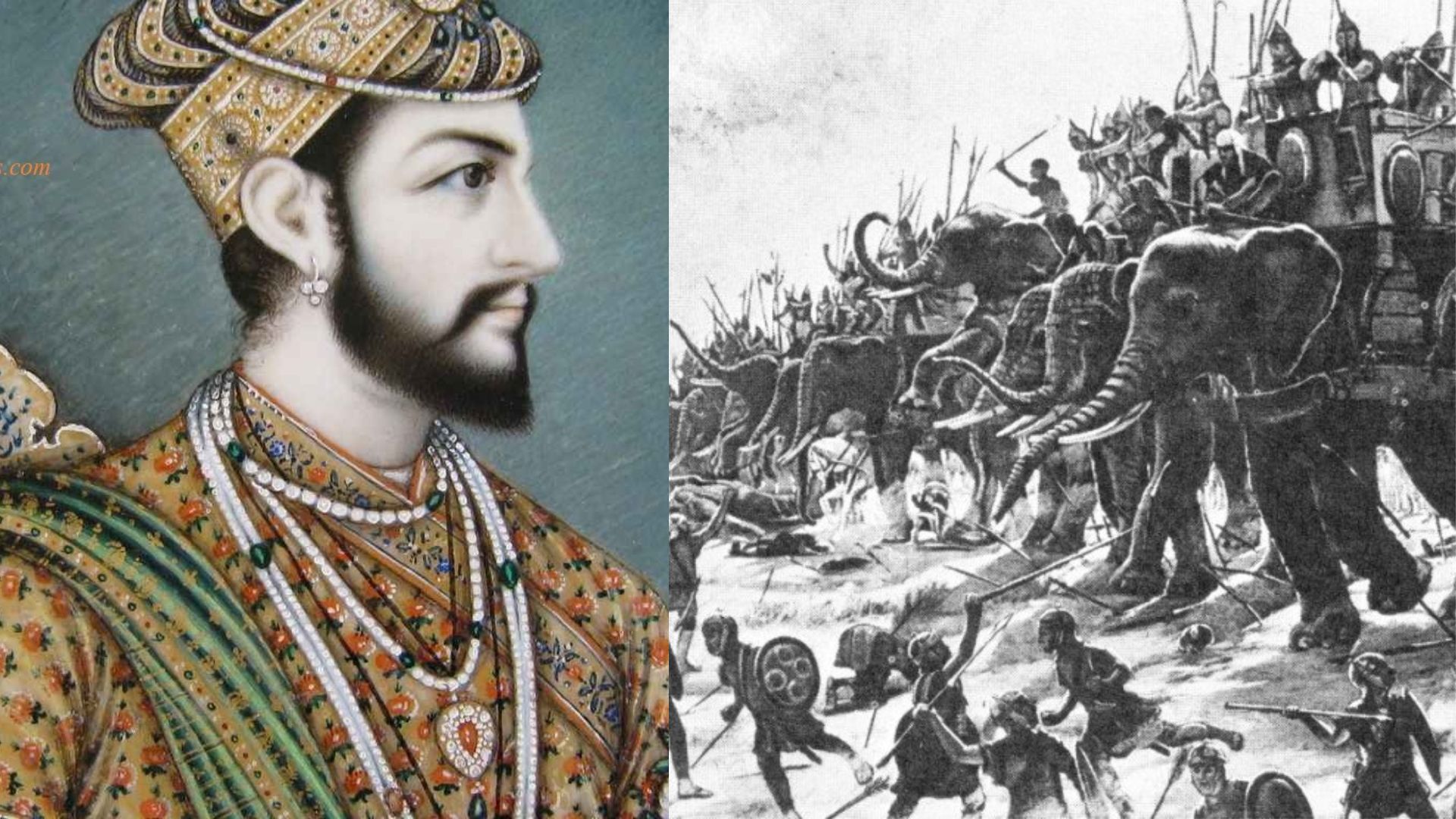
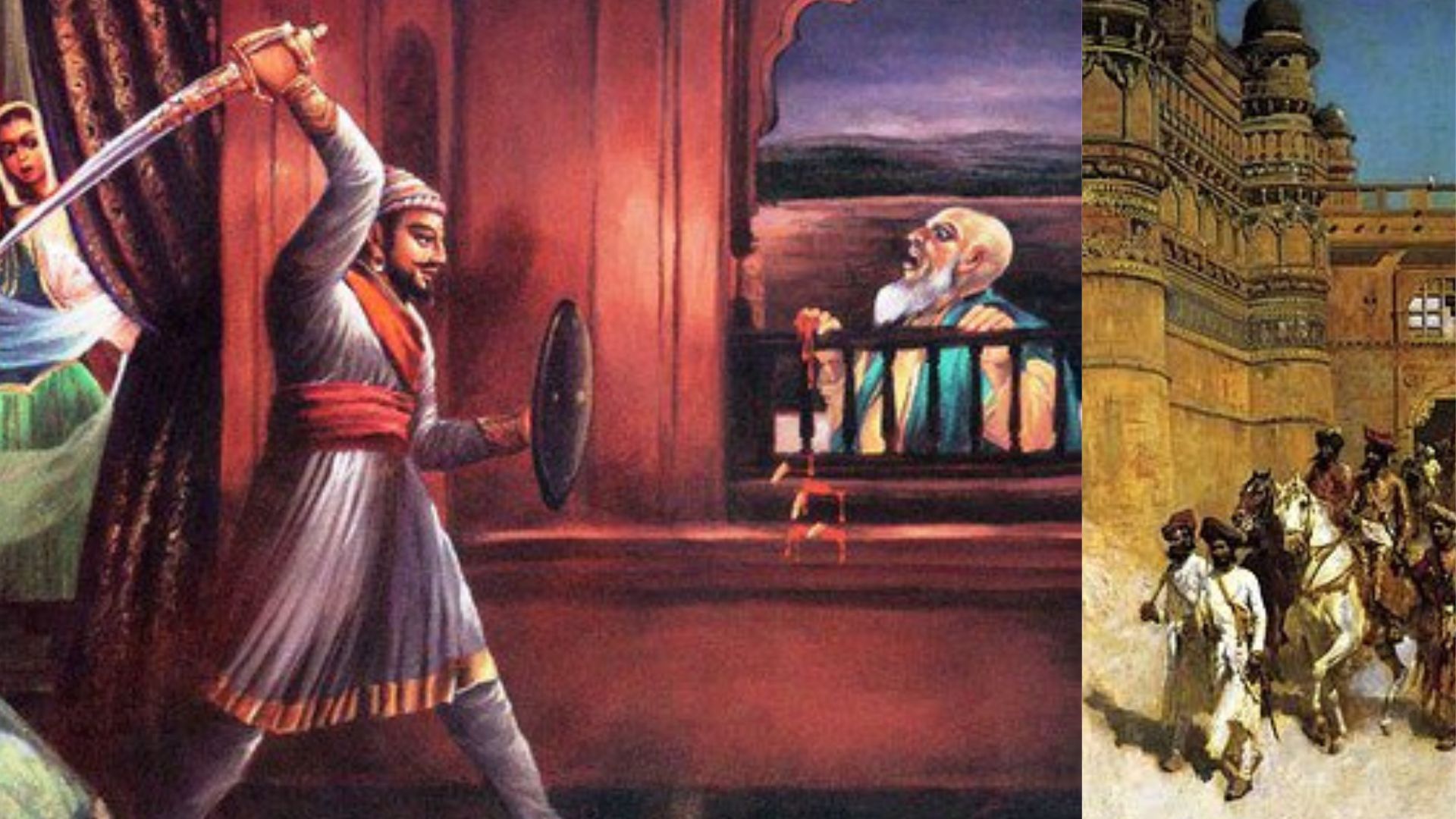
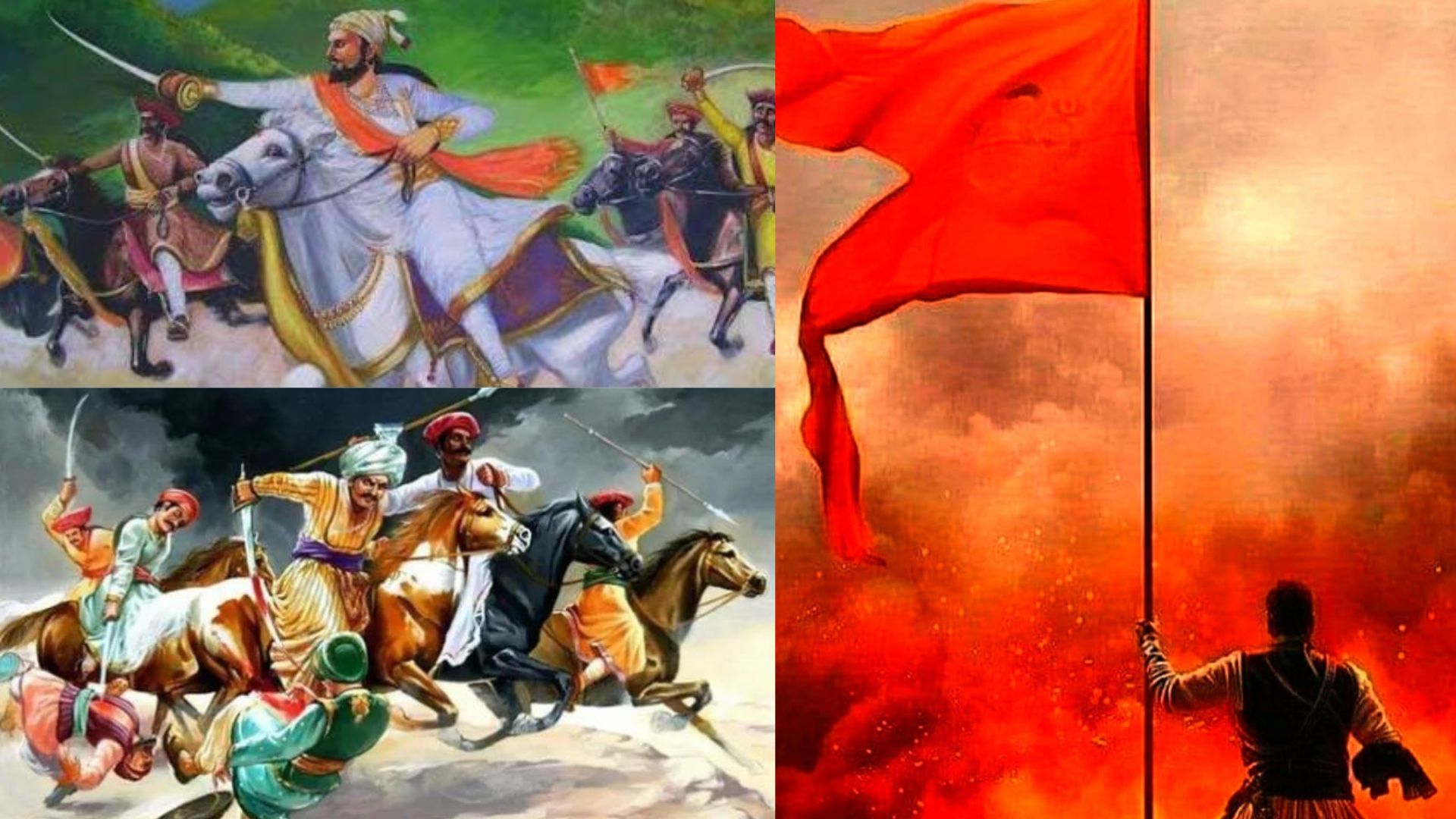
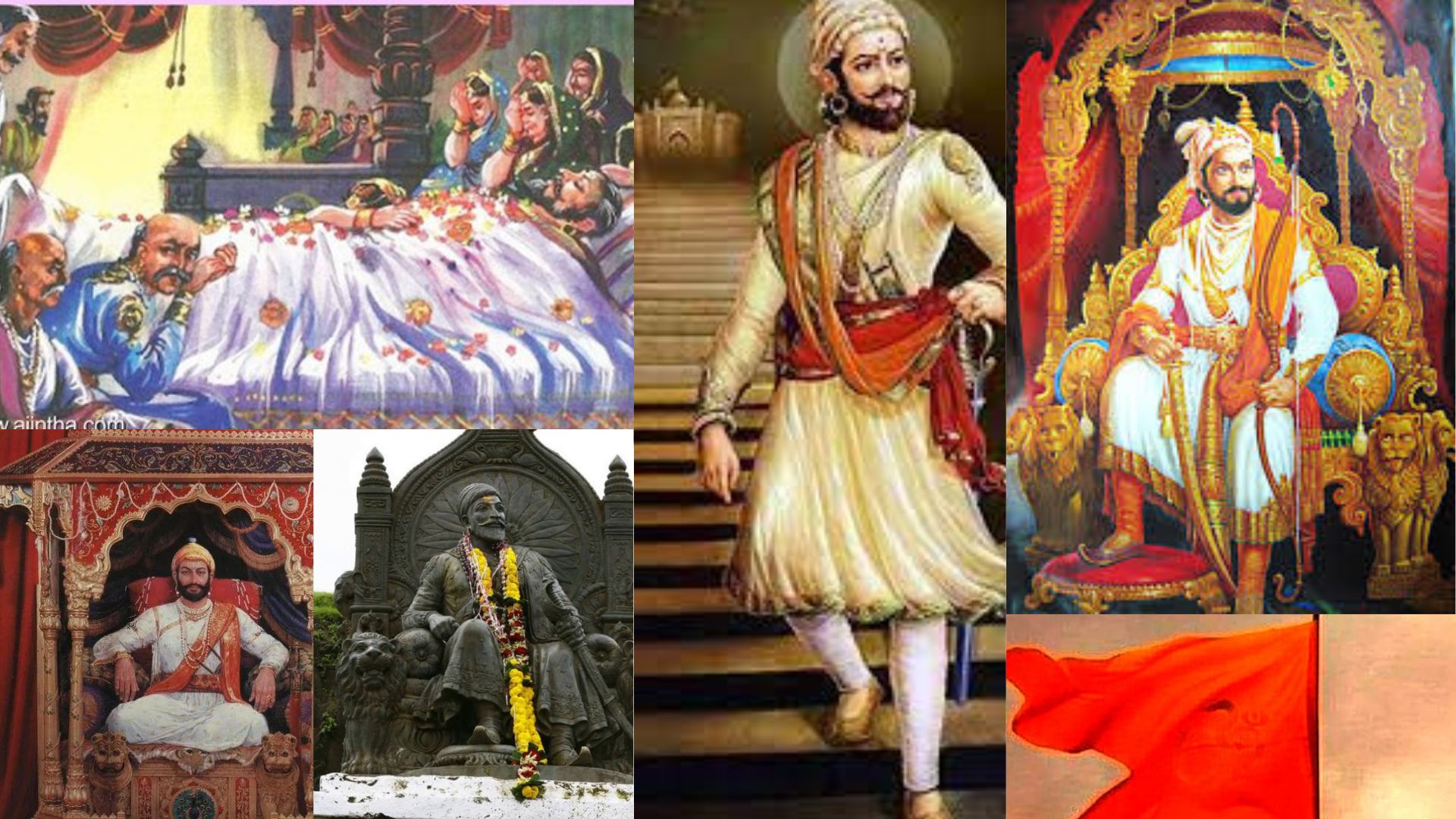
Awesome